Notebook
-
 Health & Medicine
Health & Medicine‘Butt breathing’ could help people who can’t get oxygen the regular way
Takanori Takebe’s strange investigation into whether humans can use the gut for breathing has surprisingly sentimental origins: helping his dad.
-
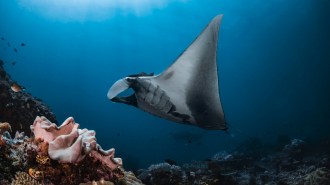 Animals
AnimalsScientists and fishers have teamed up to find a way to save manta rays
Thousands of at-risk manta and devil rays become accidental bycatch in tuna fishing nets every year. A simple sorting grid could help save them.
-
 Humans
HumansAn ancient bone recasts how Indigenous Australians treated megafauna
A new look at cuts on a giant kangaroo bone reveal First Peoples as fossil collectors, not hunters who helped drive species extinct, some scientists argue.
-
 Psychology
PsychologyPeople with ADHD may have an underappreciated advantage: Hypercuriosity
ADHD is officially a disorder of deficits in attention, behavior and focus. But patients point out upsides, like curiosity. Research is now catching up.
By Sujata Gupta -
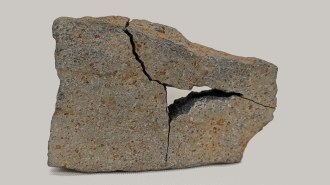 Planetary Science
Planetary ScienceA Mars rock analysis tool proved its mettle on a chance find from Arizona
On Mars, the Perseverance rover found a spotted rock that could bear signs of ancient life. On Earth, a researcher used a lookalike for a dry run.
-
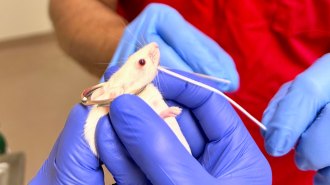 Health & Medicine
Health & MedicineHow flossing a mouse’s teeth could lead to a new kind of vaccine
Flu viruses often enter the body through mucous tissue in the nose. Researchers are developing new ways to protect such areas.
-
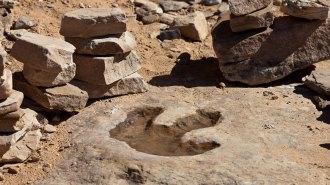 Paleontology
PaleontologyHow fast did dinosaurs really go? Birds walking in mud provide new clues
Tracks of dinosaur footprints can hint at how fast the extinct animals moved. Here’s how guinea fowl can help fact-check those assumptions.
-
 Science & Society
Science & SocietyA common parenting practice may be hindering teen development
A poll shows U.S. parents are wary of unsupervised teens, but lack of independence undermines normal development, experts say.
By Sujata Gupta -
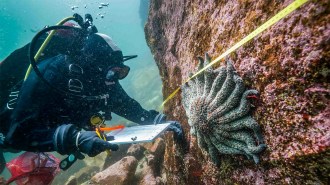 Animals
AnimalsCool water could protect sea stars from a mysterious disease
Sunflower sea stars discovered taking refuge in fjords may offer clues to saving the critically endangered species from sea star wasting disease.
-
 Oceans
OceansHow will the LA fires affect the ocean? These researchers are racing to find out
Scientists aboard a research vessel near Los Angeles collected ash, air and water samples as fire blazed on the hills before them in January.
-
 Climate
ClimateSome trees are coping with extreme heat surprisingly well
Rising temperatures could reduce trees' ability to photosynthesize. Scientists are trying to figure out just how close we are to that point.
-
 Astronomy
AstronomyCitizen scientists make cosmic discoveries with a global telescope network
On balconies and in backyards, Wi-Fi–enabled telescopes are connecting astronomy enthusiasts across six continents.